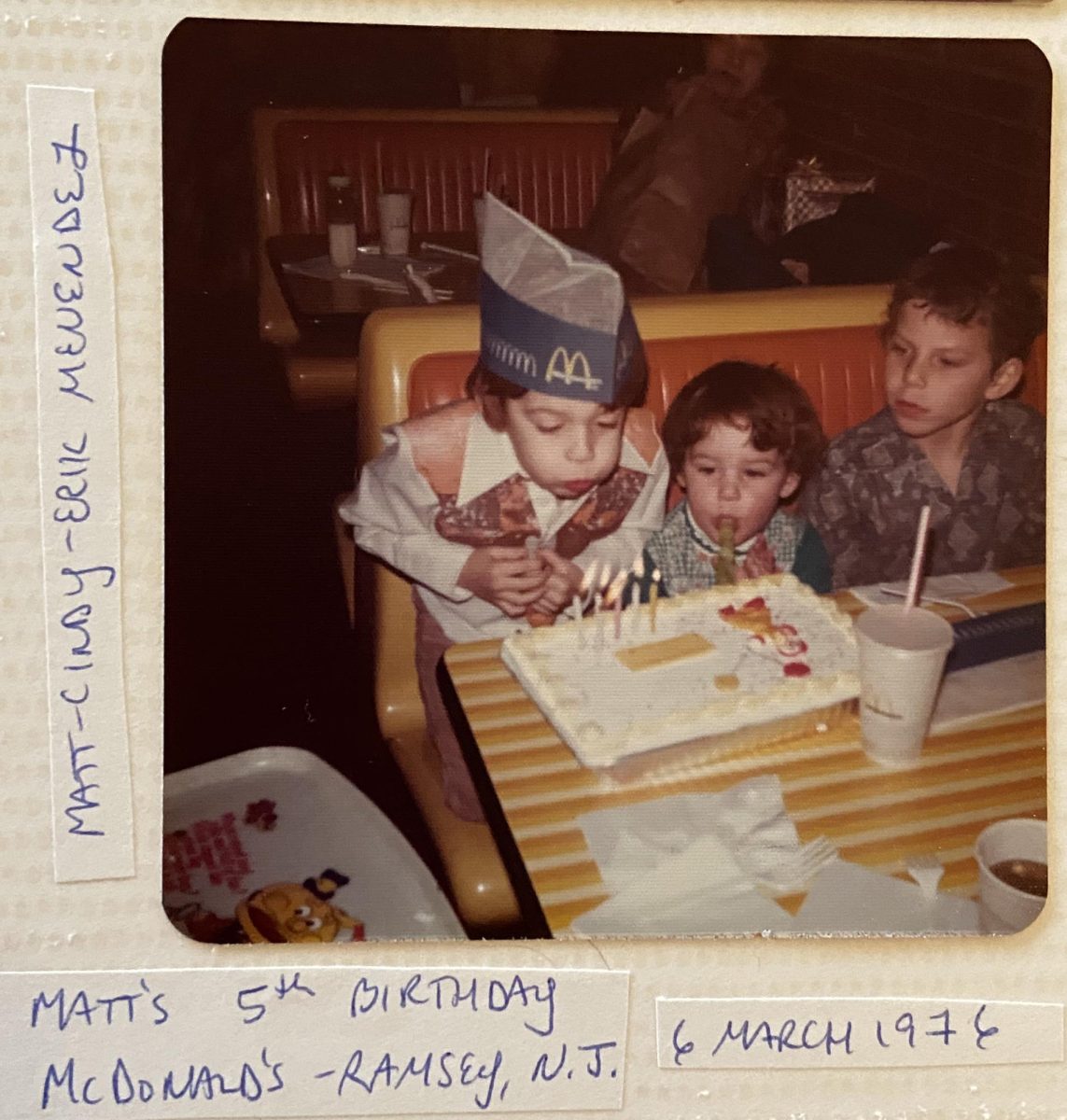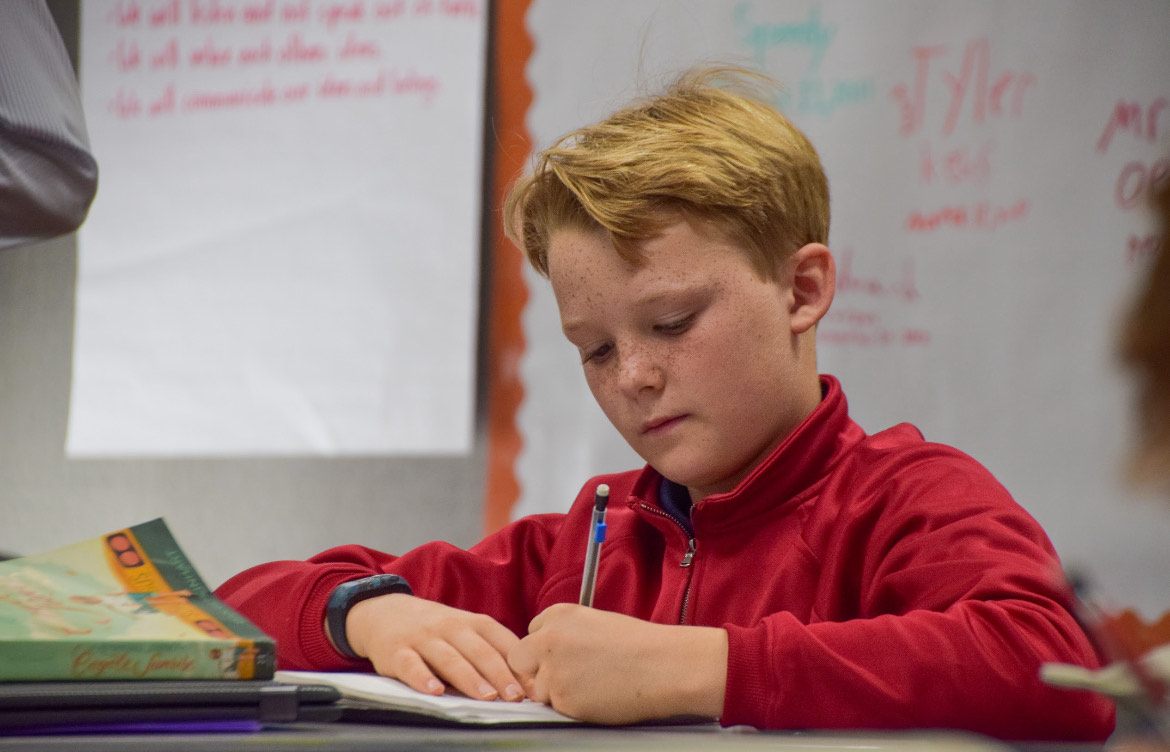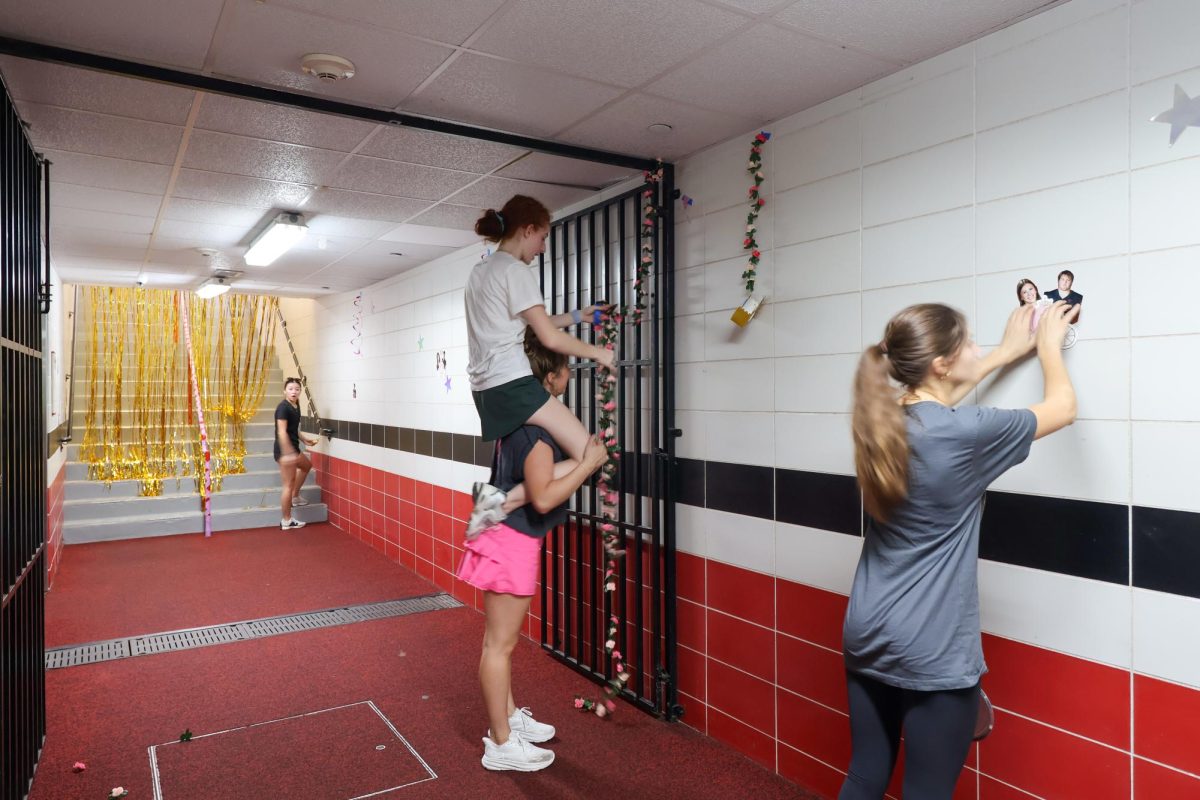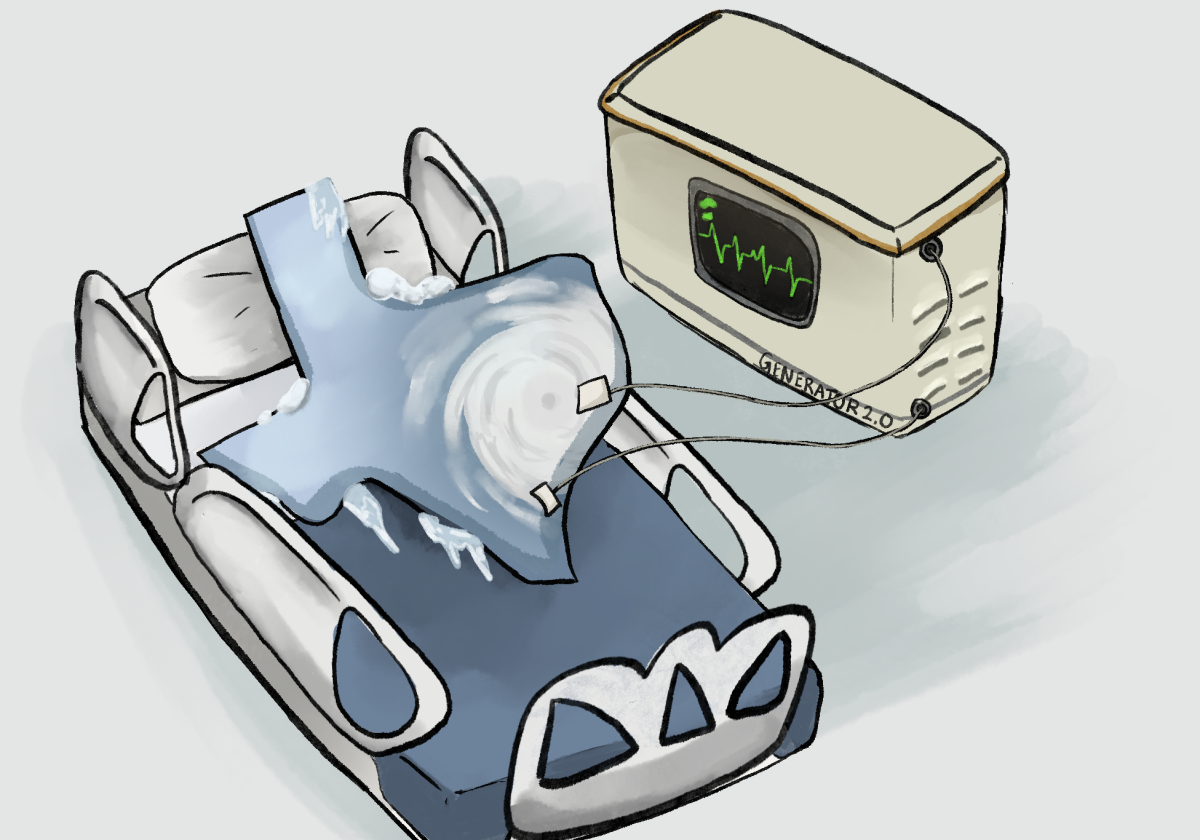In just over 20 minutes, freshman Marissa Avelar racked up a score of 150,000 points on the app Block Blast — a feat that shows the addictive nature of this deceptively simple puzzle game.
Block Blast is the No. 1 most popular puzzle app on the App Store. In the game, players connect blocks and shapes in vertical or horizontal lines to complete rows and columns — which, upon completion, disappear. Each cleared line boosts a player’s score until a new block appears in a way that fills up the board. Its simple design hides an addictive gameplay loop that effortlessly draws players in, often without their notice.
Over the past few months, Block Blast has become a popular go-to for a quick mental health break. Many students appreciate the game’s potential for a relaxing escape, although many admit it can easily become a distraction.
“It’s satisfying when all the blocks fit together, and there’s no skill needed to play, which makes the game easy to enjoy. That’s why it’s kind of addicting,” freshman Ana Salavarria said.
Behind its seemingly simple design, Block Blast, just like many mobile games, taps into psychological responses to keep users playing, such as the high-score system the app uses.
“As you get to higher scores each time you play, the reward causes dopamine release, making us happier,” Psychology teacher Amy Malin said. “If we spend time on the game releasing dopamine like that, it could affect our ability to stay focused and to have motivation to do other things.”
As studies from NPR and other sources have shown, this dopamine release often leads to an addiction similar to the one teens fall into with social media. A social media addiction often manifests in a habit termed “doom-scrolling.” excessive scrolling on social media while feeling glued to the screen. People get addicted to the stimulation derived from scrolling, a pattern some students recognize.
“My attention span was already messed up because of social media,” freshman Abby Seaberg said. “Block Blast just exasperates a problem that has already taken hold, and now I average over an hour a day on the game.”
Many students, like Seaberg, enjoy playing the game passively while engaging in other activities like watching TV, allowing students to lose track of time as the familiar rhythm of connecting blocks becomes a comforting and almost unconscious habit.
Not everyone has allowed the game to control their life. Freshman Benjamin Armstrong took the matter into his own hands after reflecting on the screen time assembly and deleted the app altogether.
“I don’t regret deleting it because I think it only harms people. I feel happier,” Armstrong said. “I would play the game in order to feel less stressed and then in the end I’d only become more stressed.”
Avelar shared a similar sentiment. She downloaded Block Blast at the beginning of the school year after noticing its popularity among peers.
“I used it during wait times like in car rides or during breaks, but even then, I would lose track of time,” Avelar said.
In high-pressure school environments, where stress is constant and attention is split between various digital distractions, Block Blast becomes a tempting escape. The competition to beat one’s score isn’t just about fun; it’s a subtle challenge that keeps the mind constantly engaged.
While a quick game might seem like a harmless escape, the constant chase for higher scores can lead to screen stimulation that undermines face-to-face communication.
“I encourage my students to go for a walk and stretch their legs during breaks, but most of them end up picking up their phone instead,” Malin said.
While Block Blast offers a momentary escape from everyday pressures, it also serves as a reminder of the delicate balance between digital leisure and real-life responsibilities. As more students and educators observe the long-term effects of these addictive patterns, the conversation shifts toward finding healthier ways to engage with technology.
“Recognizing these dynamics is key to fostering better digital habits,” Malin said. “We have to ensure that the benefits of technology do not come at the expense of genuine human connection.”

















